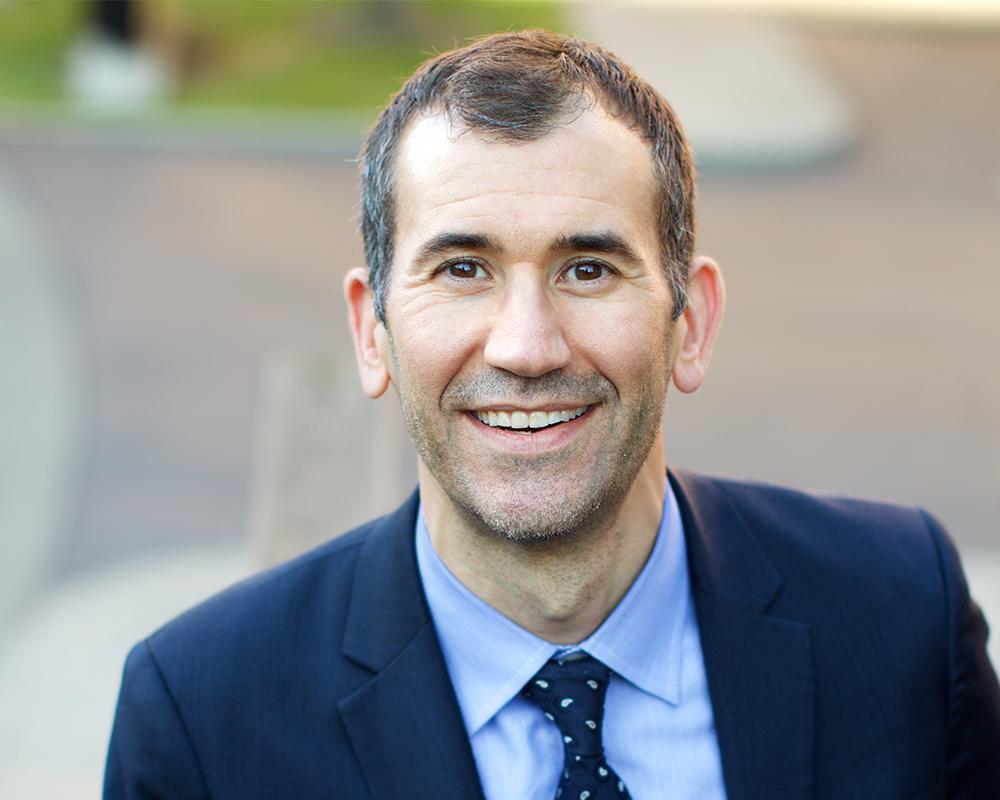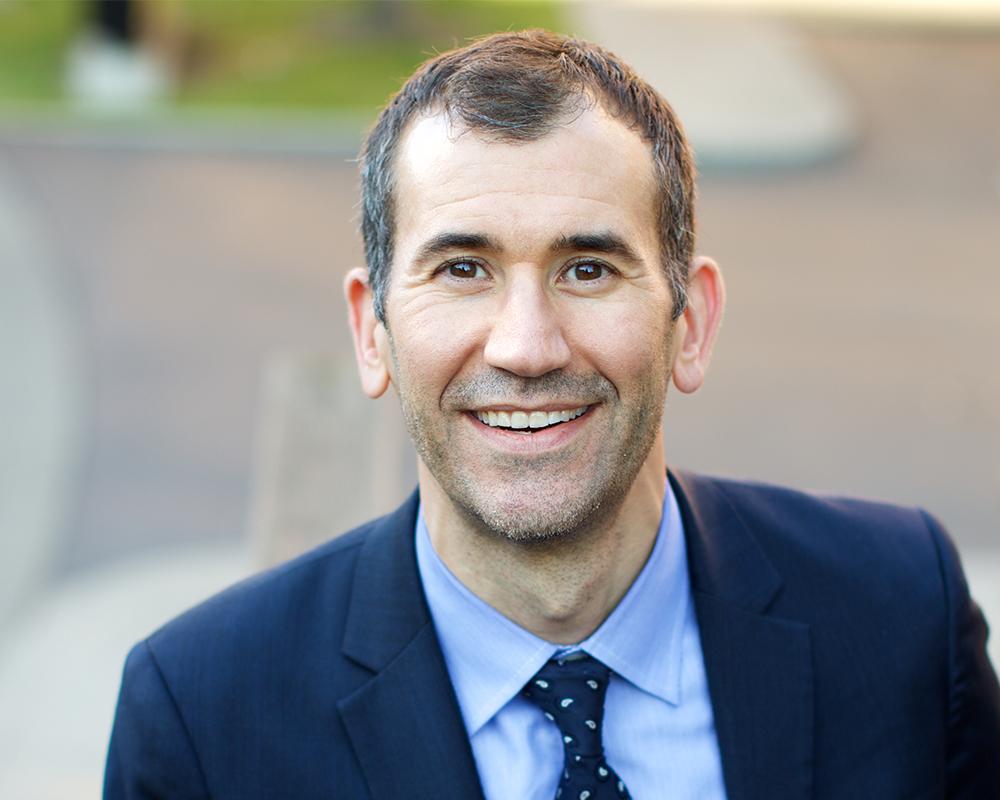This Cutting-Edge Bladder Cancer Research is Changing the Face of Patient Care


Urologist Dr. John Gore at the University of Washington School of Medicine is changing the way clinical trials are viewed in the eyes of patients and researchers, one bladder cancer patient at a time. His work with the Comparison of Intravesical Treatment and Surgery (CISTO) is a first-of-its-kind patient first approach to recurrent bladder cancer treatment options and its revolutionizing the face of the healthcare industry.
CISTO first began with the Bladder Cancer Advocacy Network’s (BCAN) Patient Survey Network which was built with a group of patients who agreed to answer research and survey questions throughout treatment. Questions revolved around patient centered outcomes with a policy group working in the background to continuously update evaluations based on patient feedback. Patients were also welcome to submit questions of their own, some of which rose to the top of prioritized research questions.
Not surprisingly, the most commonly ranked question related to options if or when the intravesical immunotherapy Bacillus Calmette-Guerin or BCG stopped working.
This is a question many clinicians also have as the vast majority of bladder cancer clinical trials were focused on comparing treatment to observational methods, leaving randomly selected participants without treatment and ultimately causing the trials to fail.
This failure in understanding what the right treatment methods are is what makes CISTO emblematic of the changing face of research and clinical care in patient design.
Based on the understanding that patients struggle to submit to the randomization for such an important and drastic difference in treatment choices, CISTO has become a tremendous illustration of the power patients have in creating better research.
With CISTO, patients are not asked to enter into a randomized clinical trial where they essentially let the fates decide if or how they are treated, which in turn alleviates the recruitment failures many trials before it have been subject to.
Based on its design, CISTO aims to conclude the trial with a better understanding of which patients are best for more aggressive treatment with bladder removal, giving healthcare providers a greater sense of patient outcomes with salvage treatments into the bladder and what factors play in to giving the right treatment at the right time.
Beyond care, CISTO also measures patient quality of life, financial outcomes and even the wellbeing of caregivers’ and what outcomes personally looked like for them.
In the future, patients can expect to have an educated look at the options that are best for their unique needs.





